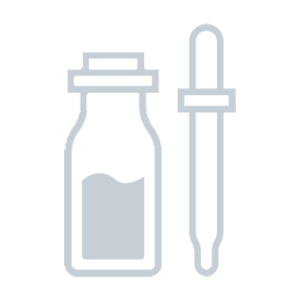Comparison between Dermalogica Invisible Physical Defense Sunscreen SPF 30 vs. Hada Labo Perfect UV Gel SPF 50 PA++++
- 37 components -
- 27 components -
Find out which product is better for your skin.
Ingredients in both products 4
Components only in Dermalogica Invisible Physical Defense Sunscreen SPF 30 33
Zinc Oxide, Caprylic/Capric Triglyceride, C12-15 Alkyl Benzoate, Butyloctyl Salicylate, Glycerin and 28 more. Show all.
Uniqueness: 89.2%
Components only in Hada Labo Perfect UV Gel SPF 50 PA++++ 22
Ethylhexyl Methoxycinnamate, Isononyl Isononanoate, Alcohol Denatured, PEG-12, Polysilicone-15 and 17 more. Show all.
Uniqueness: 81.5%
Face to Face
Components position by position
1
Water
1
Water
2
Zinc Oxide
2
Ethylhexyl Methoxycinnamate
3
Caprylic/Capric Triglyceride
3
Butylene Glycol
4
C12-15 Alkyl Benzoate
4
Isononyl Isononanoate
5
Dimethicone
5
Alcohol Denatured
6
Butyloctyl Salicylate
6
Dimethicone
7
Butylene Glycol
7
PEG-12
8
Glycerin
8
Dimethicone
Show others
Positive Effects
Find out what good effects the product has
Both products provide the following effects: , UV Protection, Moisturizing, Cleansing, Softening, Anti-aging, Elasticity improvement, Rejuvenation, Antiseptic, Protection, Hair protection
Effects unique for Invisible Physical Defense Sunscreen SPF 30:
Antioxidant, Soothing, Lightening, Healing, Nutrifying, Antifungal, Deodorant, Anticellulite, Antiviral, Tones up skin, Regeneration, Anti dandruff, Hair conditioning, Hair strengthening, Hair structure improvement, Hair gloss, Hair growth stimulating, Hair follicle nutritionEffects unique for Perfect UV Gel SPF 50 PA++++:
No unique effects found
-- Show more --
ECO Metrics
Find out how eco-friendly the components are
Vegan
No
No
Cruelty free
Yes
No
Reef safe
Yes
Yes
Ozone layer safe
Yes
Yes
Organic score
natural
15 out of 37
41%
chemical
19 out of 37
51%
natural
2 out of 27
7%
chemical
21 out of 27
78%
Concerns
Pay attention to this information
-- Extra information --
Components by Skin Type
Find out what components are good or bad for your skin type
Dry skin
Positive: 3Negative: 0
Butylene Glycol#7Glycerin#8Sodium Hyaluronate#15
Oily skin
Positive: 2Negative: 0
Zinc Oxide#2Camellia Sinensis (Green Tea) Leaf Extract#16
Sensitive skin
Positive: 1Negative: 3
Zinc Oxide#2Eucalyptus Globulus#17Linalool#36Limonene#37
Dry skin
Positive: 2Negative: 1
Butylene Glycol#3Sodium Hyaluronate#23Alcohol Denatured#5
Oily skin
Positive: 0Negative: 0
Sensitive skin
Positive: 1Negative: 0
Titanium Dioxide#24

